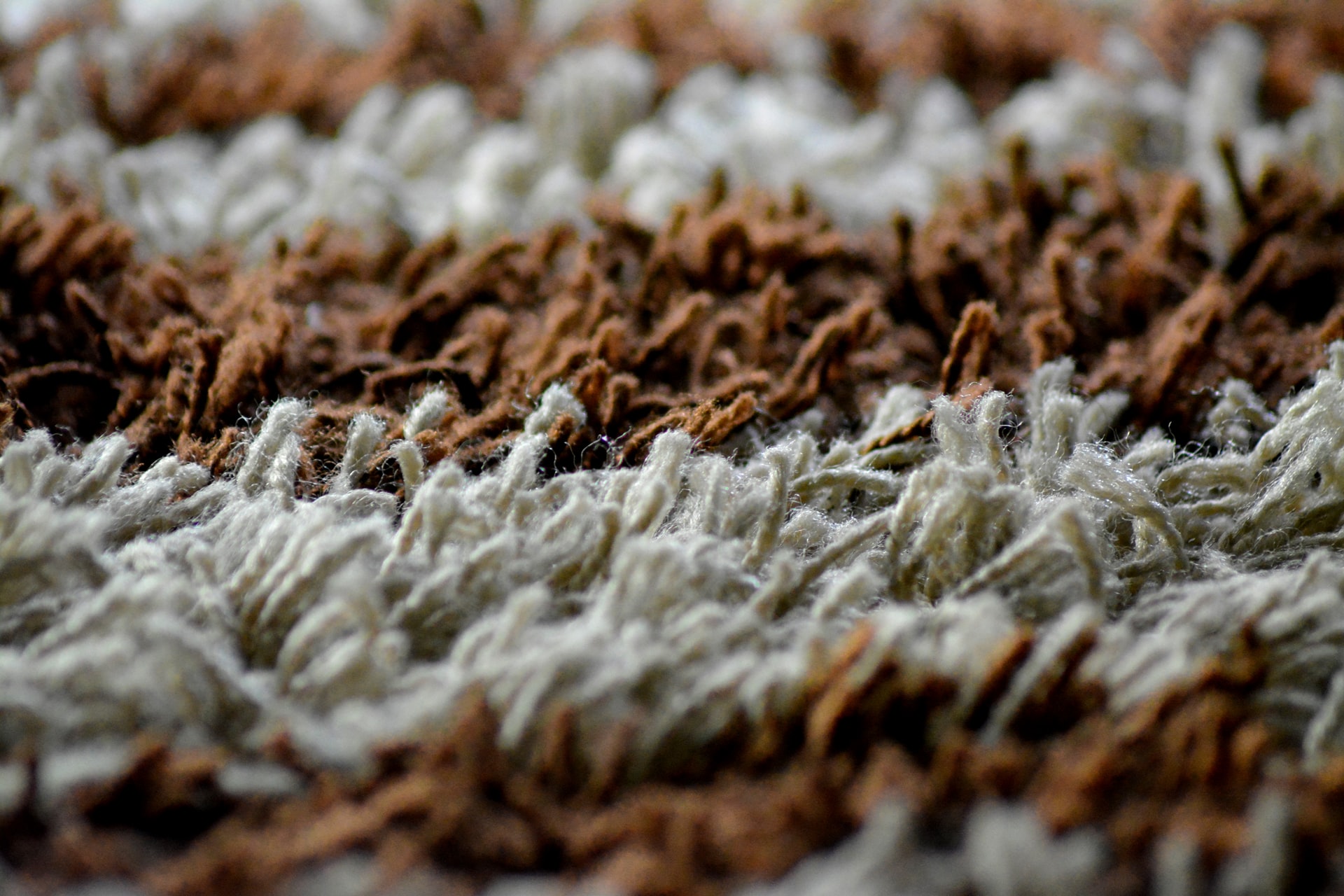
05 Apr 6 Tips for Preventing Carpet Mold
Although carpeting adds warmth, color, and decoration to any room, it also takes a beating from all your family members, including your pets. From muddy shoes to beverage spills to sharp claws, your carpet has seen it all.
Another issue rugs face is carpet mold. That’s right—carpeting is not resistant to mold. And, once it latches on to carpets, it can be hard to remove. Let’s take a look at why mold grows on carpet and at Pure Maintenance NE’s top tips on how to prevent it.
How does mold grow on carpet?
Mold needs four main things to grow:
- An organic substance to eat
- Warmth
- Moisture
- Oxygen
With all the shoes and paws coming and going all day long, chances are good they are dragging mold spores inside your home. Mold spores fall onto your wall-to-wall carpeting or area rugs and latch on.
Many carpets include cotton, wool, and other natural fibers, making them the perfect place for mold to thrive. If your home’s heat and humidity levels are high enough, it provides the warmth and moisture mold needs to live.
How to Put a Stop to Carpet Mold
No one wants to deal with moldy carpeting! The cost of cleaning or removing and replacing moldy carpets adds up quickly. Here are our top six tips to help hinder mold growth on the carpeting and rugs in your home.
1: Check Underneath Carpets Regularly
People are usually surprised to find out there is mold in their carpeting. Because mold grows underneath your carpet, you might not realize it’s even there until you smell it or start experiencing mold sickness symptoms. We suggest regularly turning over area rugs and other small carpets to watch for mold. And if possible, pull up a small corner of wall-to-wall carpeting from time to time to check for signs of mold.
2: Watch for Visible Signs
As we advised in our first tip, keep an eye out for any visible signs of mold in your carpet. For instance, have you noticed a wet spot on your carpet from window condensation dripping down? Are there any discolored spots on your rug not caused by stains? These can be signs of potential carpet mold, and should be investigated.
3: Dry Spills Quickly
As we all know, mold loves moisture. Any time liquid spills on your rug, the probability of mold growth increases. If you’ve recently had any flooding in your home from a broken pipe or overflowing bathtub, it’s crucial to dry the carpet or rug as soon as possible to prevent wet carpet mold.
4: Watch the Humidity Levels
Homes with very high humidity levels can cause carpet mold. Higher humidity means more moisture, which allows wet carpeting to stay damp. Try to keep your home’s humidity level at 65% or lower to keep mold out of your carpeting. A home dehumidifier can help with this.
5: Regulate Indoor Temperatures
Generally, temperatures higher than 80 degrees make it easier for mold to grow inside your home, including on carpet. Whenever possible, try to keep your home temperature cool enough to prohibit mold from growing. Open windows, fans, and air conditioners can all be helpful with that.
6: Clean Carpeting Regularly
As we mentioned earlier, mold spores come inside on your clothing, shoes, and pets, and then land on your rug. By vacuuming regularly, those mold spores never have a chance to lodge in your carpeting and grow. We also recommend deep cleaning your carpeting every six months to eliminate any embedded mold spores that vacuuming cannot reach.
Preventing Mold on Carpet in New England
We hope our tips above help you prevent carpet mold from invading your home. However, if you suspect mold is in your home, we are here to help remove mold from carpet and any other areas where there are signs. Remember that any type of mold—including mold on carpet—can be a health hazard to you and your family. Call Pure Maintenance NE today at 401-205-3825 for a free mold inspection.
Photo by Tincho Franco on Unsplash




Pingback:How to Remove Mold from Your Car | Pure Maintenance NE
Posted at 16:08h, 08 August[…] can prevent mold growth in your car by cleaning up spills immediately and regularly checking for signs of mold. If you do […]